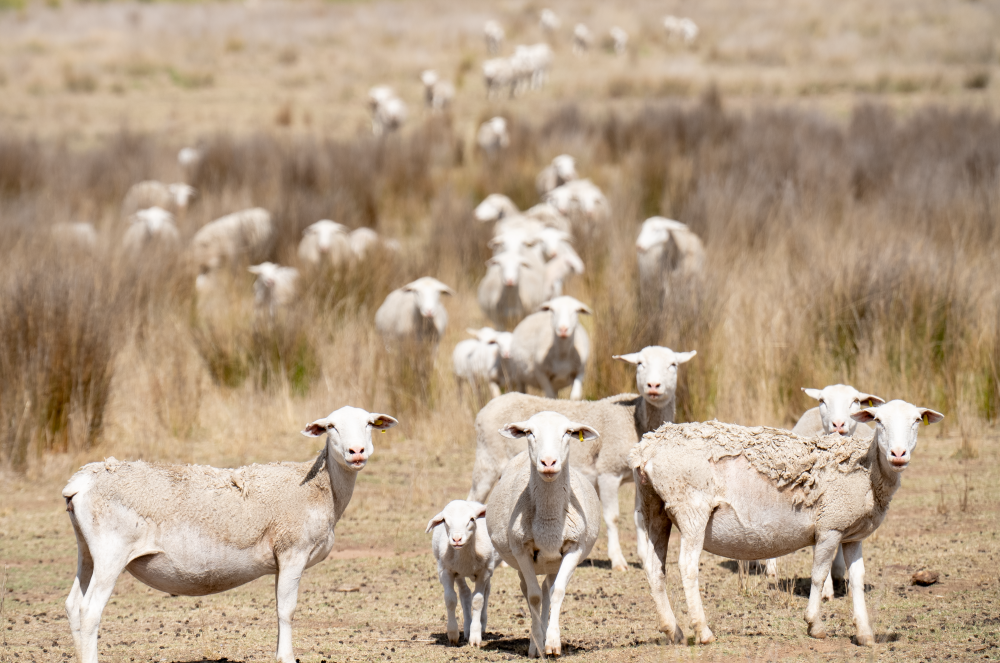The Australian Beef Market in 2025: An Absolute Cracker
In this column in July, the StoneX H2 2025 Australian Cattle & Beef Market Outlook’s bold calls were analysed and assessed for what the final 6...

Shedding sheep varieties continue to gain in popularity among the nation’s sheep producers due to their lower labour requirements, as they naturally shed their wool, eliminating the need for shearing. This is especially appealing given labour shortages and the rising cost of skilled shearers.
Additionally, with wool prices becoming increasingly volatile and often low, many farmers are shifting focus towards meat breeds, such as Dorpers, Australian Whites and Wiltipolls, which are bred primarily for meat production.
The Australian Wool Innovation/Meat & Livestock Australia Sheep Producer Intentions Survey estimates the proportion of the ewe flock by broad sheep types each year and the recent data shows a reduction in Merino types in favour of shedding sheep and other varieties.

In terms of the percentage proportion of the total ewe flock the survey estimated shedding types were 2% of the ewe flock in 2021, or about 700,000 head. Fast forward to the most recent survey, conducted in May 2024, and the proportion of shedding types has lifted to 7% of the flock, or nearly 3.4 million head.
There has also been a strong lift in the percentage of producers with shedding ewes on hand, particularly over the last year. In 2023 just 13% of producers reported having shedding ewes on hand but this proportion has lifted to 23% during 2024. This adjustment has come at the expense of the Merino with the proportion of producers reporting Merino ewes on hand dropping from 56% in 2021 to 48% this year.

The popularity of the shedding types is showing up in the pricing of scanned-in lamb (SIL) ewes is recent years too. Analysis of $/head pricing of SIL ewes on the AuctionsPlus platform versus respective saleyard ewe prices highlights the premiums price that SIL ewes hold over their saleyard counterparts and, somewhat understandably, that the premium spread widens during flock rebuild phases and shrinks during flock liquidation phases.
LEARN MORE: Upcoming AuctionsPlus sheep and lamb market auctions
The series of three charts below, for Merino ewes, First Cross ewes and shedding ewe varieties, demonstrate the price premium that SIL ewes of each sheep type have held over the respective sale yard ewe type. Notably, particularly for the Merino ewe we saw the SIL premium narrow significantly during the 2019 drought and flock liquidation phase. In contrast, during the recent flock rebuild phase from 2020 to 2023 the SIL premium expanded.



Prior to 2020 the SIL percentage price premium spread for shedding ewe types ranged between 22% to 55% depending upon the flock cycle. However, during the most recent flock rebuild the SIL premium for shedding type ewe soared to around 140% during 2022 and 2023.

The average premium spread for SIL Merino types from 2016 to 2024 sits at 33%, meanwhile the Merino SIL spread during 2016 to 2019 was 23% versus 41% for the last four years (2020 to 2024). The 2016 to 2019 period was weighed down by flock liquidation whereas the 2020 to 2024 period mainly consisted of a flock rebuild phase.
A similar distribution in spread is seen for First Cross ewe types, with a 2016 to 2024 average of 59%, versus 52% for the 2016 to 2019 time frame and 66% for the 2020 to 2024 period.

However the shedding ewe varieties shows a much more dramatic picture between the two time periods, suggesting some dramatic change has been underway in this sector in recent years.
SIL shedding ewe varieties show an average premium of 78% over the entire 2016 to 2024 period and a significant difference between 2016 to 2019 when compared to 2020 to 2024 of 37% versus 113%, respectively.
Matt Dalgleish is a director of Episode3.net and co-host of the Agwatchers podcast.
.jpg)
In this column in July, the StoneX H2 2025 Australian Cattle & Beef Market Outlook’s bold calls were analysed and assessed for what the final 6...
.png)
Each December we save the last article of the year for a bit of a crystal ball gaze, as we try to bring together market fundamentals and work out...
.png)
Australia’s wool market posted another strong performance this week, with all micron categories attracting solid support across the three selling...